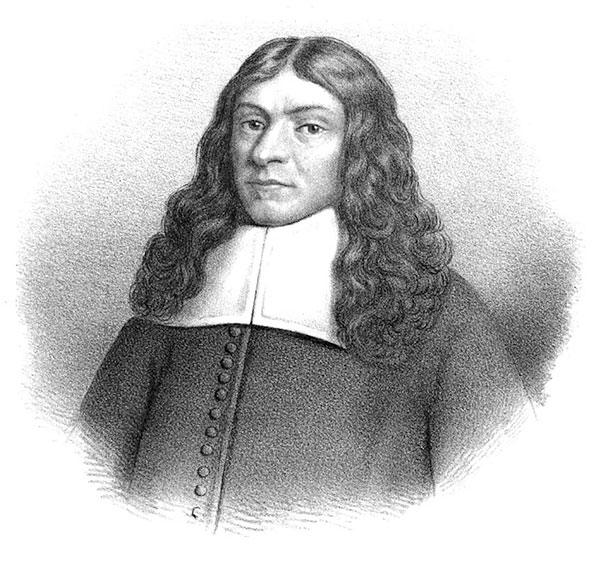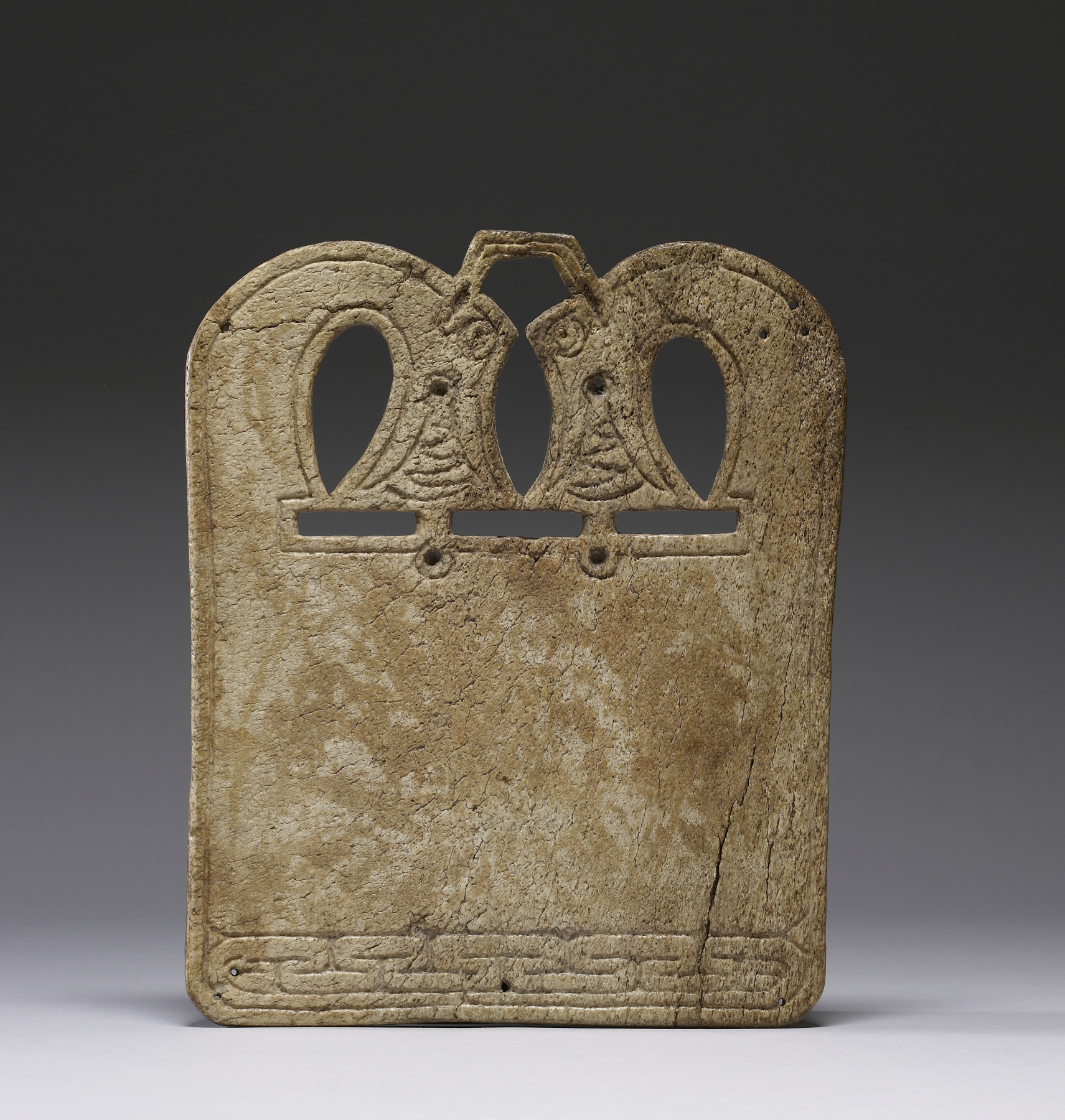|
Uppland Runic Inscription 705
This runestone, designated as U 705 in the Rundata catalog, is located at Mobacka in Uppland, Sweden. Description This runestone was depicted by Johan Hadorph during the 17th century. The stone later disappeared, but was recovered in 1926 when it was discovered that it had been used as a miller's stone. Many runestones were used as building materials for buildings, roads, bridges, and other uses before their historic significance was understood. The runestone is signed by the runemaster A runemaster or runecarver is a specialist in making runestones. Description More than 100 names of runemasters are known from Viking Age Sweden with most of them from 11th-century eastern Svealand.The article ''Runristare'' in ''Nationalencyklo ... Balle, who was active in Sweden in the second half of the 11th century. It is classified as being carved in runestone style Pr3, also known as the Urnes style. This runestone style is characterized by slim and stylized animals that are interwove ... [...More Info...] [...Related Items...] OR: [Wikipedia] [Google] [Baidu] |
U705, Runsten, Teckning Av Johan Hadorph
U7 or U-7 may refer to: Arts, entertainment, and media * ''Ultima VII'', a computer game taking place in Brittania Science and technology * U7 small nuclear RNA, an RNA molecule * Haplogroup U7, a human mitochondrial DNA haplogroup Transportation Transport lines * U7 (Berlin U-Bahn), a subway line in Berlin, Germany * U7, the IATA call sign for Uganda Airlines, the national airline of Uganda Vehicles * Aiways U7 Ion, a Chinese electric concept minivan * German submarine ''U-7'', one of several German submarines * Luxgen U7 The Luxgen U7, previously known as the Luxgen7 SUV, is a 7-seater mid-size SUV introduced by the Taiwanese manufacturer Luxgen which has won two Taiwan Excellence Awards. History The vehicle was developed under Yulon's R&D center, HITEC. The Lux ..., a Taiwanese mid-size SUV See also 7U (other) {{Letter-NumberCombDisambig ... [...More Info...] [...Related Items...] OR: [Wikipedia] [Google] [Baidu] |
Uppland
Uppland () is a historical province or ' on the eastern coast of Sweden, just north of Stockholm, the capital. It borders Södermanland, Västmanland and Gästrikland. It is also bounded by lake Mälaren and the Baltic Sea. On the small uninhabited island of Märket in the Baltic, Uppland has a very short and unusually shaped land border with Åland, an autonomous province of Finland. The name literally means ''up land'', a name which is commonly encountered in especially older English literature as ''Upland''. Its Latinised form, which is occasionally used, is ''Uplandia''. Uppland is famous for having the highest concentration of runestones in the world, with as many as 1,196 inscriptions in stone left by the Vikings. Administration The traditional provinces of Sweden serve no administrative or political purposes, but are historical and cultural entities. The corresponding administrative county, or ', is Uppsala County, which occupies the larger part of the territory. The b ... [...More Info...] [...Related Items...] OR: [Wikipedia] [Google] [Baidu] |
Sweden
Sweden, formally the Kingdom of Sweden,The United Nations Group of Experts on Geographical Names states that the country's formal name is the Kingdom of SwedenUNGEGN World Geographical Names, Sweden./ref> is a Nordic country located on the Scandinavian Peninsula in Northern Europe. It borders Norway to the west and north, Finland to the east, and is connected to Denmark in the southwest by a bridgetunnel across the Öresund. At , Sweden is the largest Nordic country, the third-largest country in the European Union, and the fifth-largest country in Europe. The capital and largest city is Stockholm. Sweden has a total population of 10.5 million, and a low population density of , with around 87% of Swedes residing in urban areas in the central and southern half of the country. Sweden has a nature dominated by forests and a large amount of lakes, including some of the largest in Europe. Many long rivers run from the Scandes range through the landscape, primarily ... [...More Info...] [...Related Items...] OR: [Wikipedia] [Google] [Baidu] |
Balle (runemaster)
Balle (Old Norse: ''Balliʀ'') or Red-Balle (Old Norse: ''Rauðballiʀ'') was a runemaster who was active in the areas of western Uppland, Västmanland, and northern Södermanland of Sweden during the second half of the 11th century. Work Most early medieval Scandinavians were probably literate in runes, and most people probably carved messages on pieces of bone and wood.Vilka kunde rista runor?'' on the Swedish National Heritage Board website, retrieved January 13 2007. However, it was difficult to make runestones, and in order to master it one also needed to be a stonemason. During the 11th century, when most runestones were raised, there were a few professional runemasters. Balle was active in the later 11th century and his work is representative of the Urnes runestone style. p. 197. Balle signed about twenty-four surviving runestones in south-western Uppland and northern Södermanland. He often signed his name in the form of Old Norse poetry as exemplified on runestone U 729 i ... [...More Info...] [...Related Items...] OR: [Wikipedia] [Google] [Baidu] |
Old Norse Language
Old Norse, Old Nordic, or Old Scandinavian, is a stage of development of North Germanic languages, North Germanic dialects before their final divergence into separate Nordic languages. Old Norse was spoken by inhabitants of Scandinavia and their Viking expansion, overseas settlements and chronologically coincides with the Viking Age, the Christianization of Scandinavia and the consolidation of Scandinavian kingdoms from about the 7th to the 15th centuries. The Proto-Norse language developed into Old Norse by the 8th century, and Old Norse began to develop into the modern North Germanic languages in the mid-to-late 14th century, ending the language phase known as Old Norse. These dates, however, are not absolute, since written Old Norse is found well into the 15th century. Old Norse was divided into three dialects: Old West Norse, ''Old West Norse'' or ''Old West Nordic'' (often referred to as ''Old Norse''), Old East Norse, ''Old East Norse'' or ''Old East Nordic'', and ''Ol ... [...More Info...] [...Related Items...] OR: [Wikipedia] [Google] [Baidu] |
Rundata
The Scandinavian Runic-text Data Base ( sv, Samnordisk runtextdatabas) is a project involving the creation and maintenance of a database of runic inscriptions. The project's goal is to comprehensively catalog runestones in a machine-readable way for future research. The database is freely available via the Internet with a client program, called Rundata, for Microsoft Windows. For other operating systems, text files are provided or a web browser can be used to interact with the web applicatioRunor History The origin of the Rundata project was a 1986 database of Swedish inscriptions at Uppsala University for use in the Scandinavian Languages Department. At a seminar in 1990 it was proposed to expand the database to cover all Nordic runic inscriptions, but funding for the project was not available until a grant was received in 1992 from the ''Axel och Margaret Ax:son Johnsons'' foundation. The project officially started on January 1, 1993 at Uppsala University. After 1997, the proje ... [...More Info...] [...Related Items...] OR: [Wikipedia] [Google] [Baidu] |
Johan Hadorph
Johan Hadorph (May 6, 1630 – July 12, 1693) was a Swedish director-general of the Central Board of National Antiquities. He was appointed National Antiquarian at the government agency for antiquities, and he became its director-general. Hadorph documented ancient monuments during extensive voyages in Sweden. He collected a great many older manuscripts, such as collections of laws. He also made many drawings of runestones,Liedgren 1967–69:697 and supervised the production of more than 1000 woodcuts of runestones. Family and nobility He was born at Haddorp manor in Slaka parish in Östergötland, Sweden to Nils Jönsson, who belonged to the Lindsbrosläkten, the Lindsbro family, an old family traceable to the 14th century, and his wife Anna Hansdotter of the old family Upplänning. His father was the head of a royal farm (''kronohemman''). and a bailiff of Linköping whose brother, Olof, became the progenitor of the noble family Stiernadler. His mother was the daughter of t ... [...More Info...] [...Related Items...] OR: [Wikipedia] [Google] [Baidu] |
Runemaster
A runemaster or runecarver is a specialist in making runestones. Description More than 100 names of runemasters are known from Viking Age Sweden with most of them from 11th-century eastern Svealand.The article ''Runristare'' in ''Nationalencyklopedin'' (1995). Many anonymous runestones have more or less securely been attributed to these runemasters. During the 11th century, when most runestones were raised, there were a few professional runemasters. They and their apprentices were contracted to make runestones and when the work was finished, they sometimes signed the stone with the name of the runemaster. Many of the uncovered runic inscriptions have likely been completed by non-professional runecarvers for the practical purposes of burial rites or record-keeping. Due to the depictions of daily life, many of the nonprofessional runecarvers could have been anything from pirates to soldiers, merchants, or farmers. The layout of Scandinavian towns provided centers where craftspeople ... [...More Info...] [...Related Items...] OR: [Wikipedia] [Google] [Baidu] |
Runestone Style
:''The term "runestone style" in the singular may refer to the Urnes style.'' The style or design of runestones varied during the Viking Age. The early runestones were simple in design, but towards the end of the runestone era they became increasingly complex and made by travelling runemasters such as Öpir and Visäte. A categorization of the styles was developed by Anne-Sophie Gräslund in the 1990s. Her systematization is considered to have been a break-through and is today a standard. The styles are RAK, Fp, Pr1, Pr2, Pr3, Pr4 and Pr5, and they cover the period 980-1130, which was the period during which most runestones were made. The styles Pr1 and Pr2 correspond to the Ringerike style, whereas Pr3, Pr4 and Pr5 belong to what is more widely known as the Urnes style.Sawyer 2000:32 Below follows a brief presentation of the various styles by showing sample runestones according to Rundata's annotation. RAK RAK is the oldest style and covers the period 980-1015 AD, but the Ru ... [...More Info...] [...Related Items...] OR: [Wikipedia] [Google] [Baidu] |
Urnes Style
Viking art, also known commonly as Norse art, is a term widely accepted for the art of Scandinavian Norsemen and Viking settlements further afield—particularly in the British Isles and Iceland—during the Viking Age of the 8th-11th centuries. Viking art has many design elements in common with Celtic, Germanic, the later Romanesque and Eastern European art, sharing many influences with each of these traditions. Generally speaking, the current knowledge of Viking art relies heavily upon more durable objects of metal and stone; wood, bone, ivory and textiles are more rarely preserved. The artistic record, therefore, as it has survived to the present day, remains significantly incomplete. Ongoing archaeological excavation and opportunistic finds, of course, may improve this situation in the future, as indeed they have in the recent past. Viking art is usually divided into a sequence of roughly chronological styles, although outside Scandinavia itself local influences are ofte ... [...More Info...] [...Related Items...] OR: [Wikipedia] [Google] [Baidu] |




